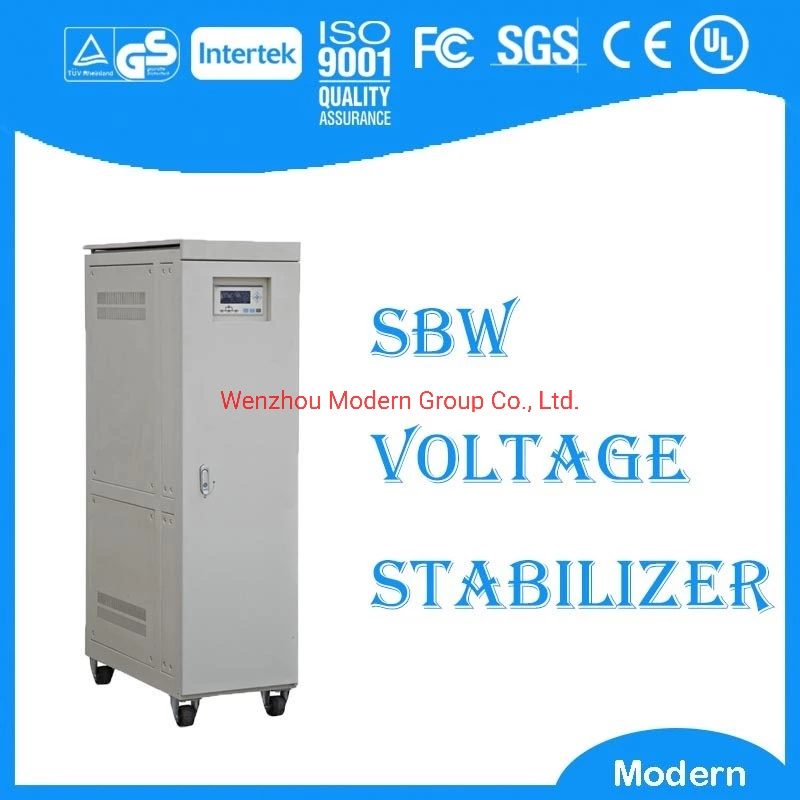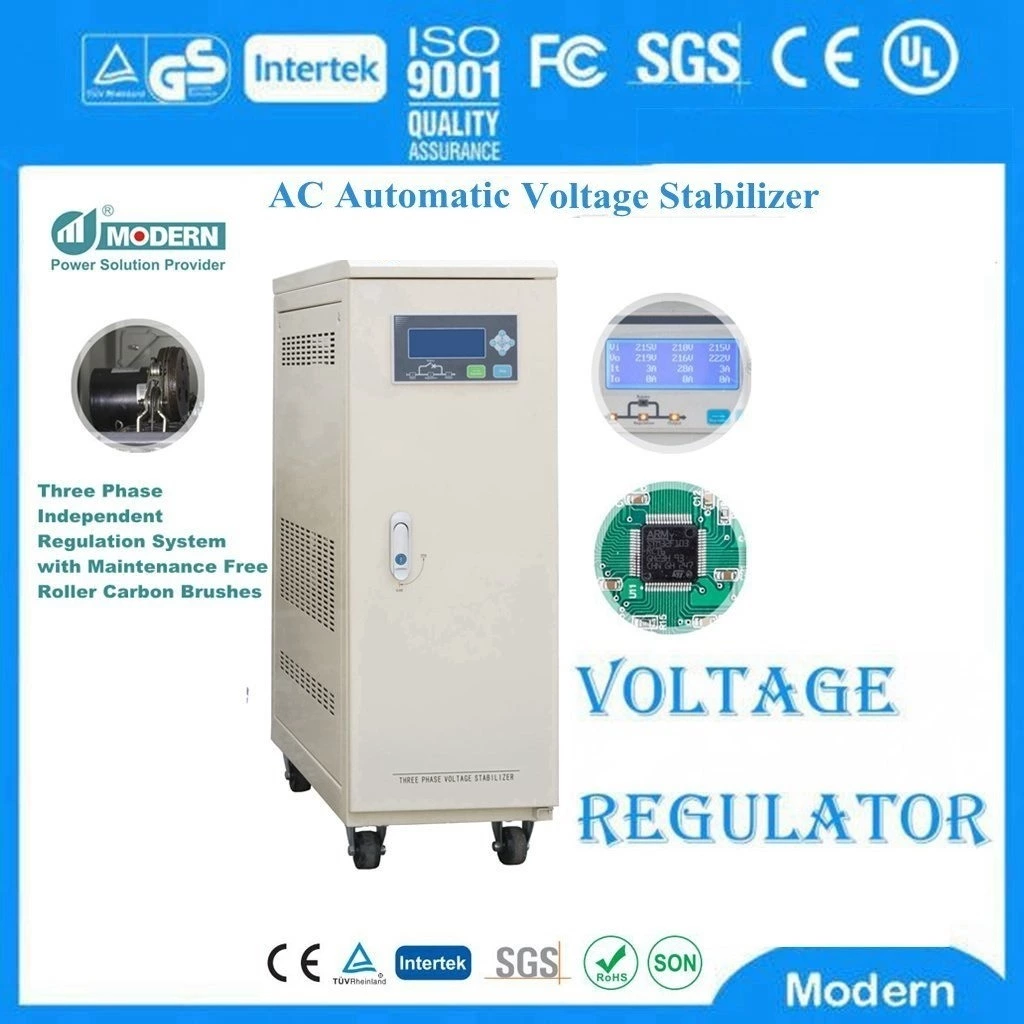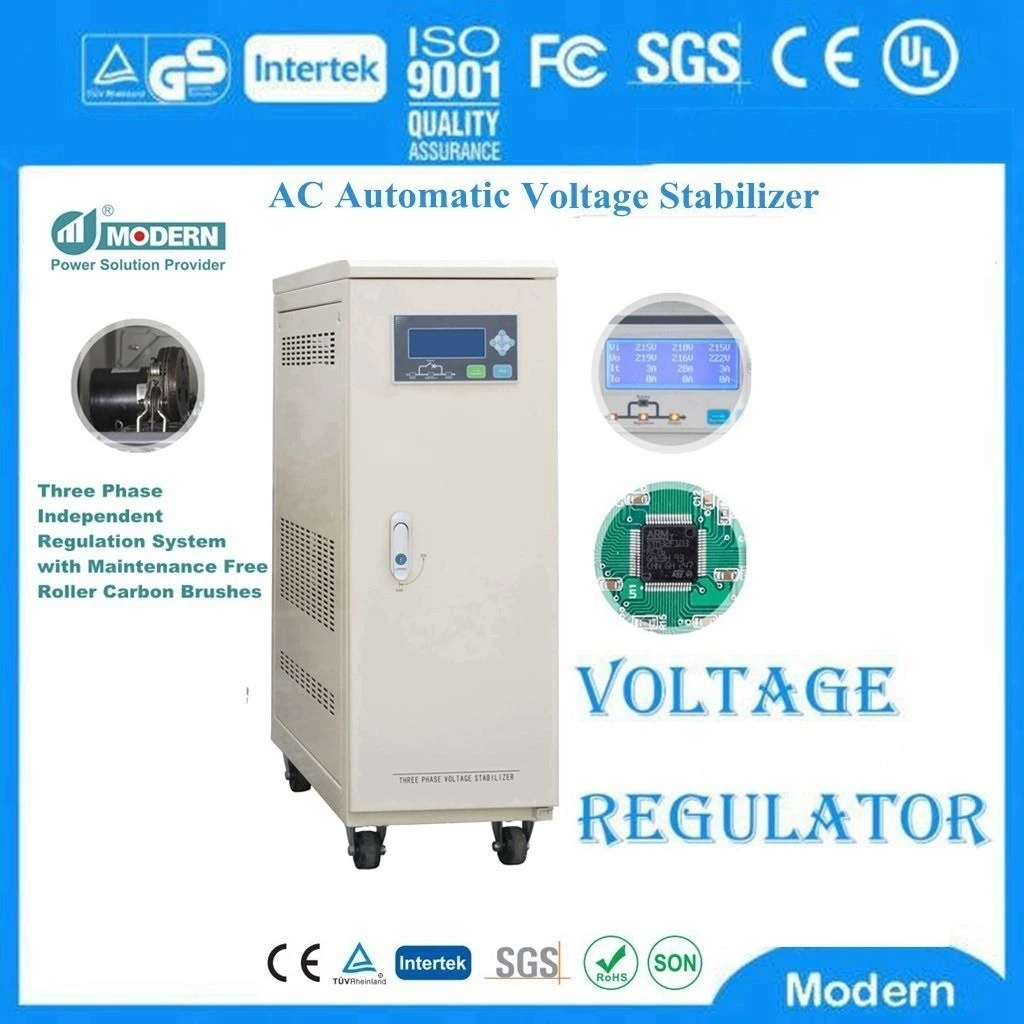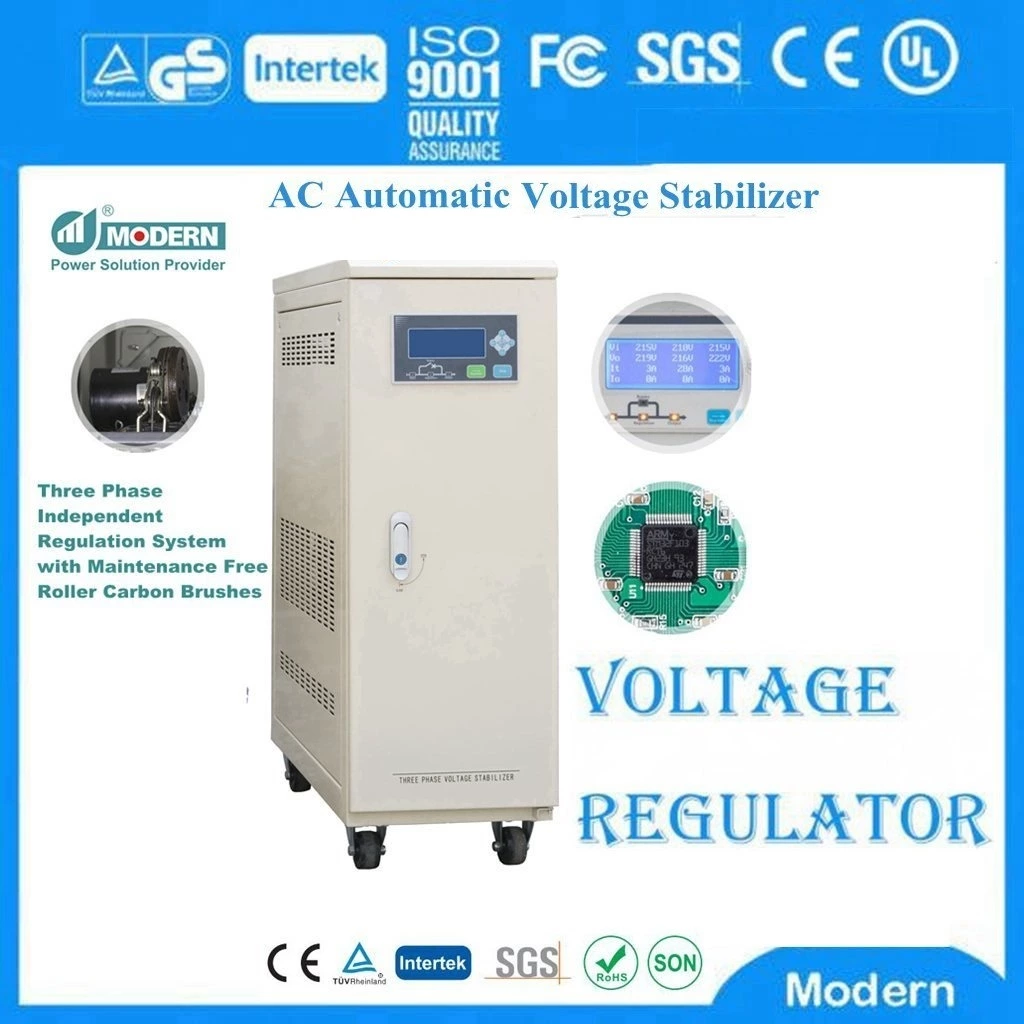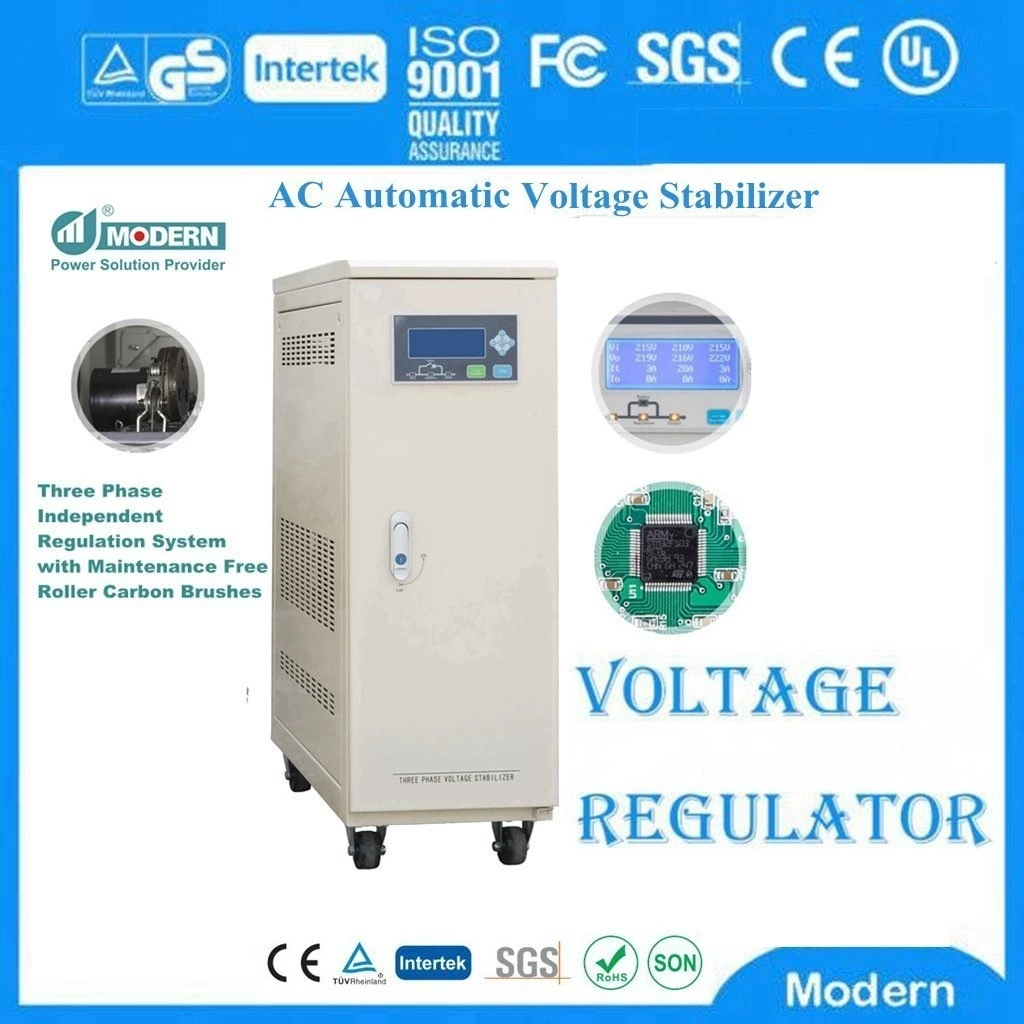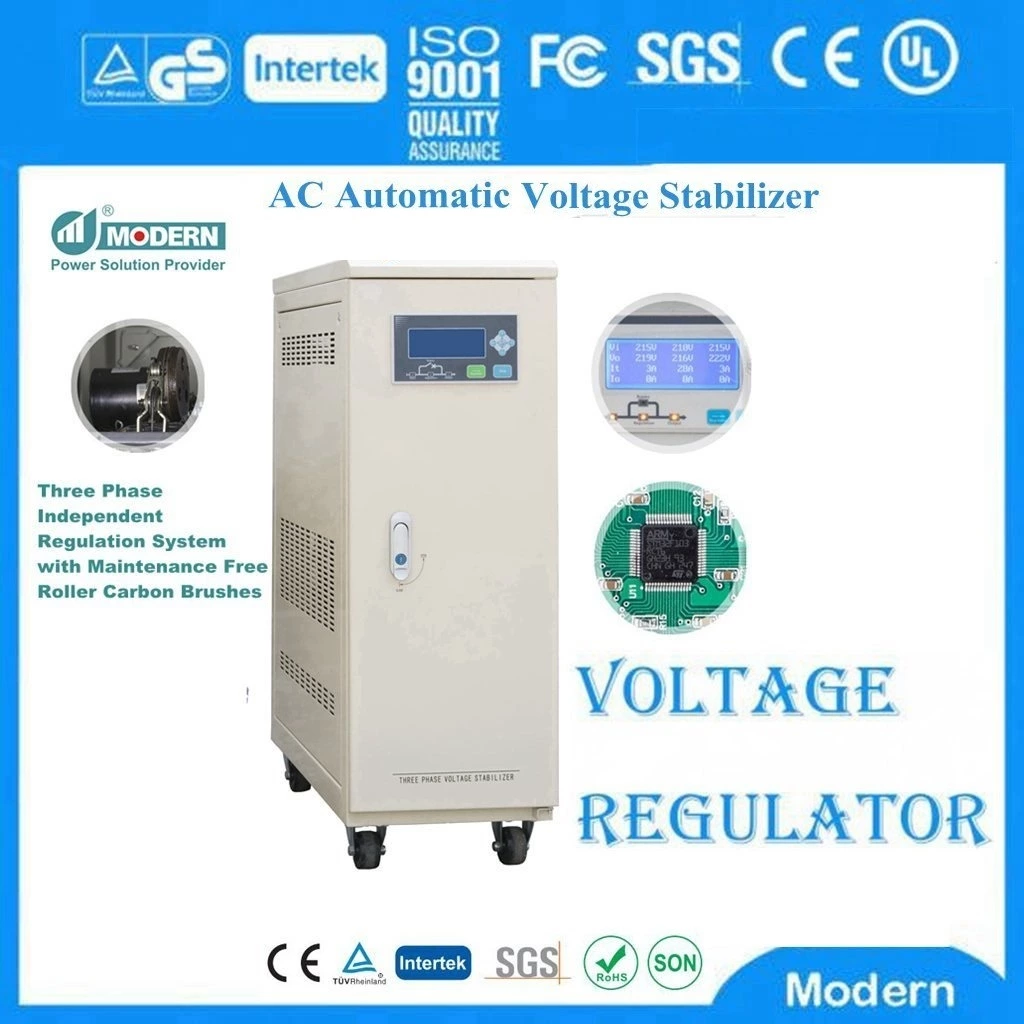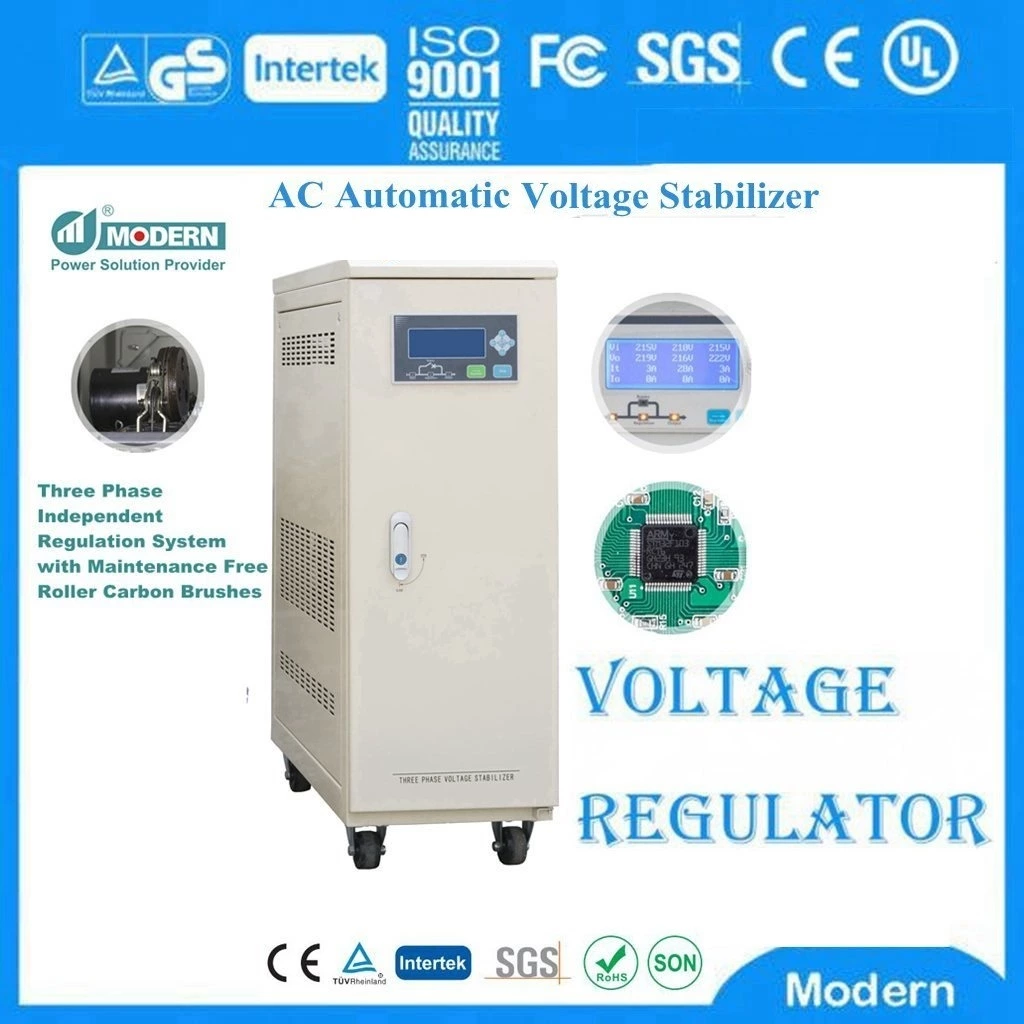How To Understand Ups Uninterruptible Power Supply!
Uninterruptible Power Supply(UPS) is a system device that connects a battery (mostly lead-acid maintenance-free battery) to a host and converts DC power into AC power through a host inverter and other module circuits. It is mainly used to provide a stable and uninterrupted power supply to a single computer, a computer network system or other power electronic equipment such as solenoid valves and pressure transmitters. When the AC input is normal, the UPS stabilizes the AC power and supplies it to the load. At this time, the UPS is an AC AC voltage stabilizer, and it also charges the battery in the machine; when the AC power is interrupted (accidental power outage), the UPS immediately uses the DC power of the battery to continue to supply 220V AC power to the load through the inverter zero switching conversion method, so that the load maintains normal operation and protects the load software and hardware from damage. UPS equipment usually provides protection against overvoltage or undervoltage.
The UPS power system consists of five parts: main circuit, bypass, battery and other power input circuits, rectifier (REC) for AC/DC conversion, inverter (INV) for DC/AC conversion, inverter and bypass output switching circuit and energy storage battery. The voltage stabilization function of the system is usually completed by the rectifier. The rectifier device adopts thyristor or high-frequency switching rectifier, which has the function of controlling the output amplitude according to the change of external power. Therefore, when the external power changes (the change should meet the system requirements), the output amplitude is basically unchanged. The rectified voltage. The purification function is completed by the energy storage battery. Since the rectifier cannot eliminate the instantaneous pulse interference, the rectified voltage still has interference pulses. In addition to the function of storing DC direct energy, the energy storage battery is like a large container capacitor connected to the rectifier. The size of its equivalent capacitance is proportional to the size of the energy storage battery. Since the voltage across the capacitor cannot change suddenly, the smoothing characteristics of the capacitor to the pulse are used to eliminate the pulse interference, which plays a purification function, also known as
interference shielding. The frequency stability is achieved by the converter, and the frequency stability depends on the stability of the converter's oscillation frequency. To facilitate the daily operation and maintenance of the UPS power system, the system working switch, the automatic bypass switch after the host self-test fault, the maintenance bypass switch and other switch controls are designed.
When the grid voltage is working normally, the load is powered as shown in Figure 1-1, and the energy storage battery is charged at the same time; when a sudden power outage occurs, the UPS power supply starts to work, and the energy storage battery supplies the power required by the load to maintain normal production (as shown in bold black →); when the load is seriously overloaded due to production needs, the grid voltage is rectified and directly powers the load (as shown in the dotted line).
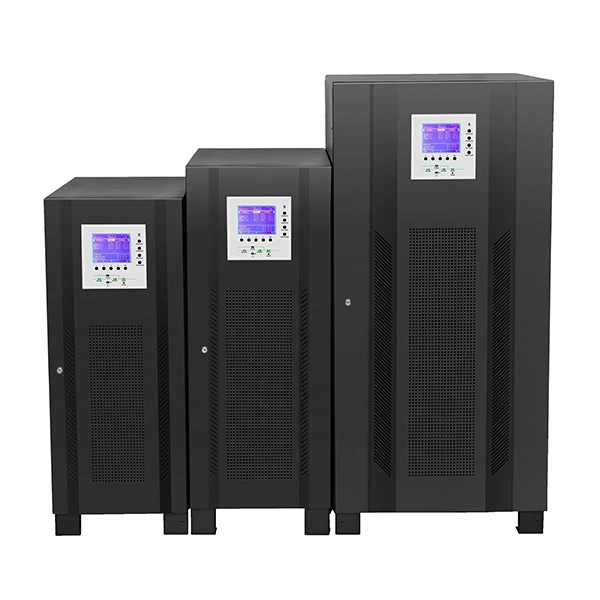
 Русский
Русский
 Français
Français
 Português
Português
 Español
Español
 اللغة العربية
اللغة العربية
